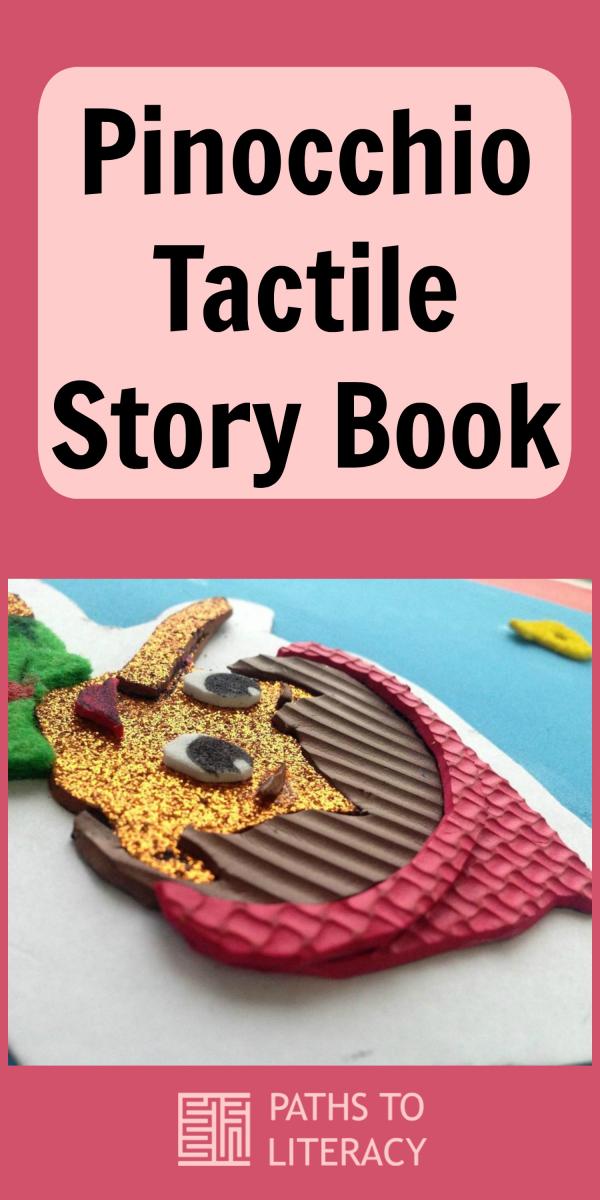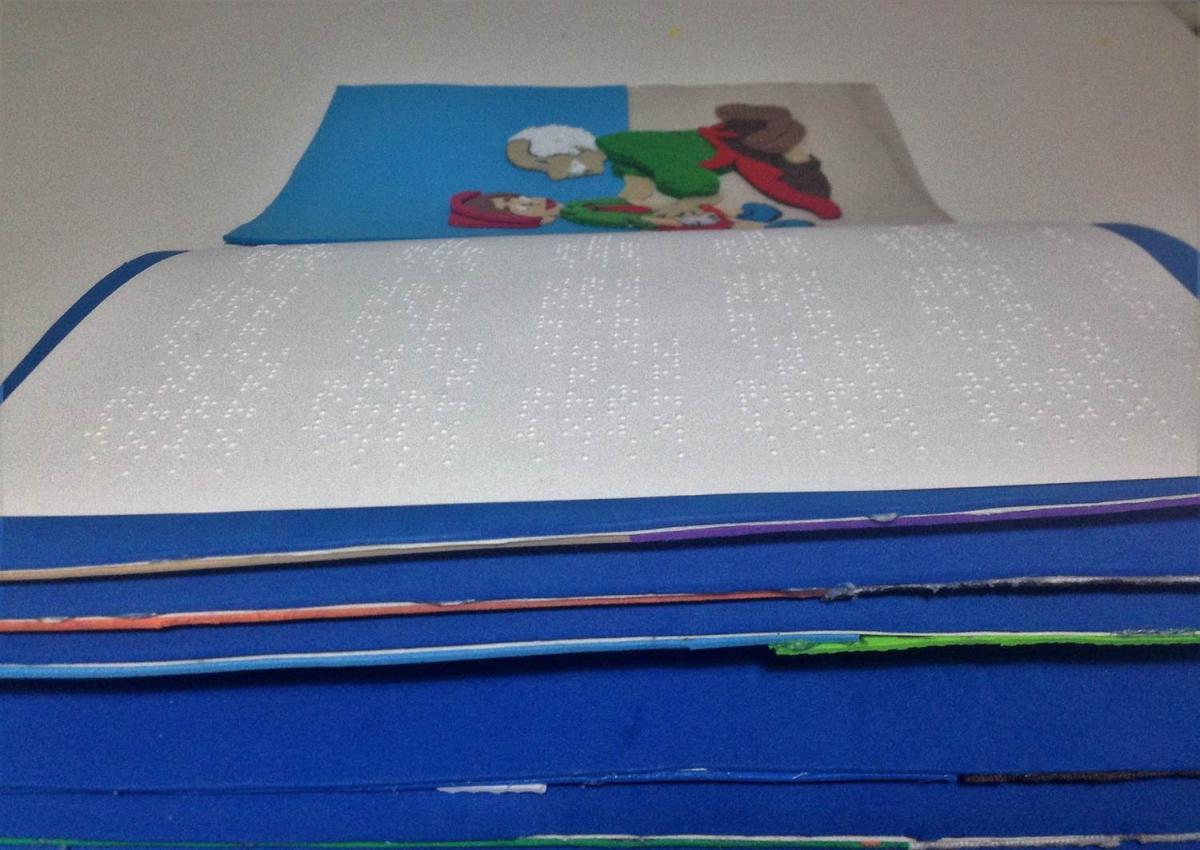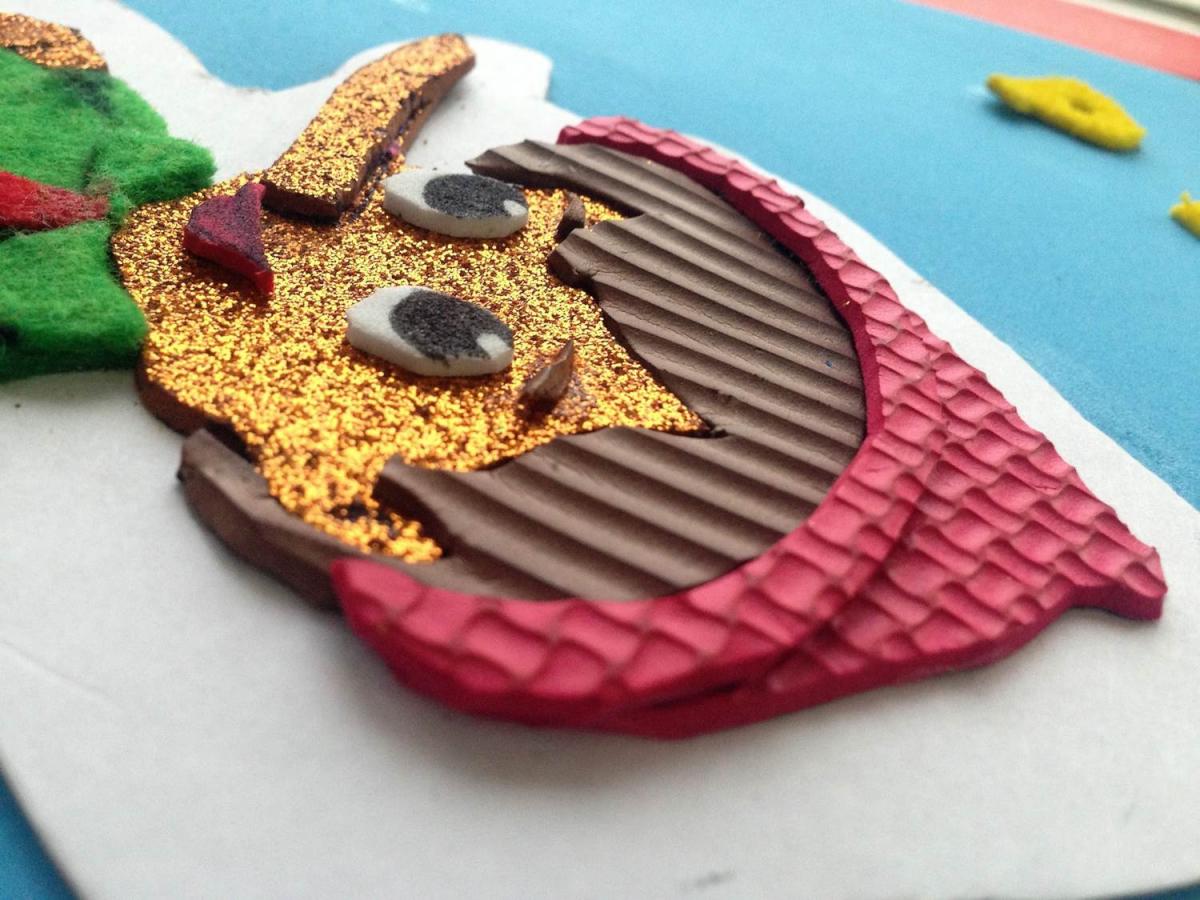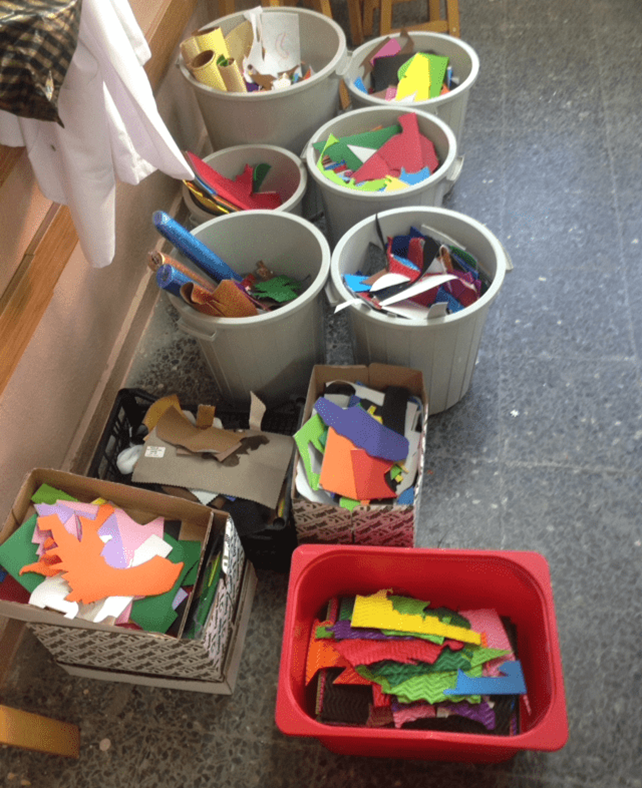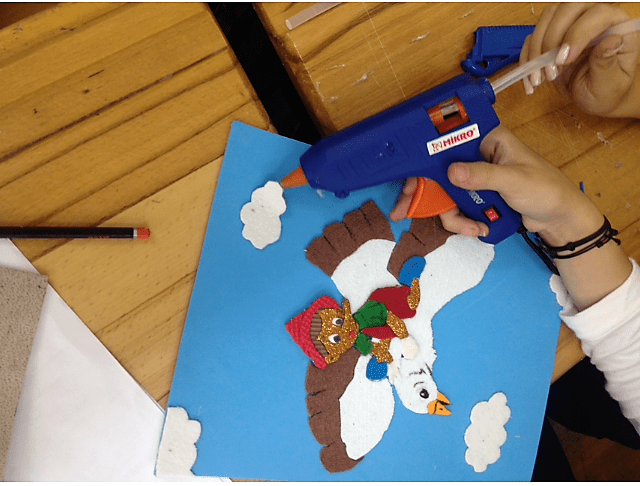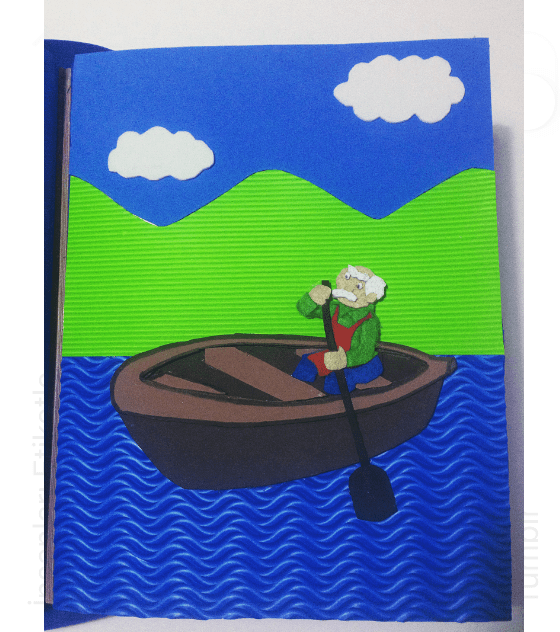Pinocchio Tactile Story Book
In Turkey we have been looking at ways to use tactile books to optimize the performance of the part of the brain that processes tactile data. One challenge faced by a person who is visually impaired is to imagine how a 3D object will look on a 2D surface. It is necessary to provide opportunities for children with visual impairments to learn tactile discrimination techniques. This ability allows a person who is visually impaired to convert a 3D object to 2D or vice versa with early instruction and support. As a result, the opportunity to benefit from education and succeed in careers will increase in many ways.
This example of a tactile book uses braille, as well as tactile illustrations made with different textures, patterns, and colors. For example, Pinocchio's hair and hat are each different textures. This approach encourages children who are visually impaired to read their favorite stories and develop their imagination.
- Invite the child to open the book and explore the page.
- Read the story together and discuss the characters, where the story takes place, events and features of the story.
- Provide information about the objects on the tactile pages to assist the child to identify the various illustrations.
- Ask the child to retell the story by examining each page prepared with different materials.
Click here to download the PowerPoint with more images.
Tactile Books can be made for all age groups.
